Morozov A.N.
Lecture 7. How was designed the "pump" which pump water
from soil to atmosphere trough plants?
Plants for their own needs transfer water that is sucked by their
roots, via their own "water running system" to leaves
- which are fabrics of organic matters.
Plants of our climatic zone use solar energy for transportation
of water in the very interesting way.
If the air around of leaves is heated by solar and it has moisture
deficit then water starts to evaporate from surface of leaves via
special so called stomatos. It causes a kind of vacuum (sucking)
in the leaves cells and in the conducting vascular system down to
the plant's roots. Water films in the leaves' cells and in the vascular
system are getting thinner as far as water is spent for evaporation.
In effort to replace evaporated water, moisture moves to leaves
in the plant from thick films loosely coupled with plant tissues
in vascular of roots.
At the same time, plants provide themselves with fertilizer elements
which are coming from soil together with water, and that also protect
them from overheating this way, because solar energy is spent in
amount from 569 up to 591,7 calories (within temperature range from
+100C up to +500C) for evaporation of 1 g. of water, otherwise leaves
would be heated to the temperature intolerable to their life.
Possibly you have heard about the method to cool products, potables
and even air conditioning by water evaporation? Surely, you did
it more than once in hot weather when a freezer was not available
you wrapped a bottle of beer with wet cloth and kept it in a light
windy shadow place… or not?
Primordial method of water cooling, which possibly was used by
many of you - pour unglazed ceramic jug and leave it at light windy
place. And what is going down at that? Water through pores moisten
surface of the jug and is evaporated. When it is evaporated, it
withdraws heat from walls of the jug and temperature of water in
the jug is reduced rather fast for several degrees making it satisfactory
for drinking.
The author has seen the manufacturing technology of such jugs in
Kasbi, Kasan and other settlements of Karshi Steppe with his own
eyes. You can have a look to appearance of such jugs at Picture
7.1
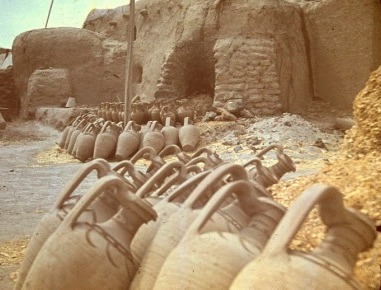
Picture 7.1 Workshop on manufacturing of jugs for water storage.
But, which way does water come to the plant? Surely, it should
be "obtained", exhausted by its roots from soil. They
achieve it by microscopically small root fibrils. Surface of the
root fibrils is cunningly arranged semi-permeable membrane which
stops cellular fluid outside that contains organic matter, sugars
and salt solutions, but then it is permeable inside for clean water
with the salts that needed for the plant. This process causes increase
of pressure in the vessels of the root system, and originating pressure
is called as osmotic pressure (turgor). Picture 7.2 demonstrates
soundly what happens thereat. The pressure that occurs in the roots
vessels makes provision for water entering in waterworks of the
herb.
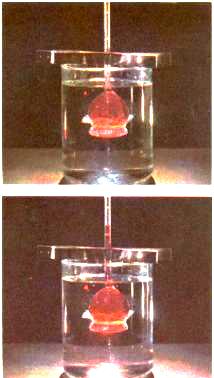
Picture 7.2. Simple test demonstrating osmotic pressure occurrence.
A funnel with long pipe is inserted in a can with clean water.
The funnel is closed from below by semi-permeable membrane and colored
sugar solution is poured in it (upper picture). Sugar solution can
not find a way from the funnel into the can with water, but water
infiltrate into the funnel through the membrane and volume of sugar
solution is increasing until inside pressure of sugar solution head
reaches balance of tendency of water to penetrate into the funnel
and reduce sugar syrup concentration (bottom picture)
(The picture has been copied from F. Vent's "In plants life"
book).
Ways of water from soil, where it is sucked by root fibrils, up
to leaves which evaporate it to environment are shown at Picture
7.3.
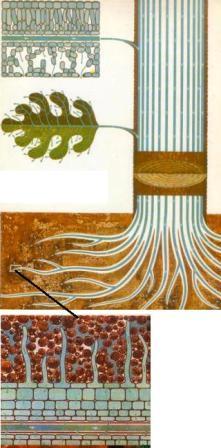
Picture 7.3. Cross section of a leaf zoomed very much was shown
at the top of the picture. Upper layer of the leaf consists of "working"
cells that synthesizing organic matters, lower one presented with
cells mainly evaporating moisture and absorbing carbon dioxide.
The same leaf was shown below, but almost life sized that evaporate
moisture which is delivered by vessels of body from roots. More
lower shown root system fixing the plant in soil and providing it
with moisture and immediately at the bottom was shown a part of
a root with root fibrils which "hunt after" soil moisture
and suck it into roots. (The picture has been copied from F. Vent's
"In plants life" book).
Hereafter, at Pictures 7.4 and 7.5 schematically were shown - under
which pressure difference works the device on pumping of ground
water.
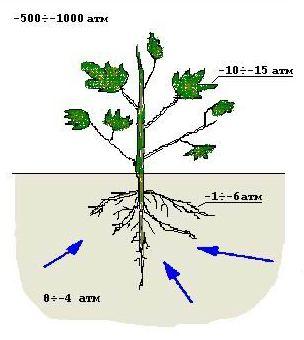
Picture 7.4. Moisture pressure ratings in nominal units (atmospheres)
at the different parts of "atmosphere - plant - soil"
starting from moisture hold by soil (0…-4), through roots (-1…-6),
vessels (-6…- 10), to leaves (-10…-17) and air in dog
days of summer (up to -1000).
(Units of measurements were shown as nominal because there is no
pressure lower than -1 atmosphere in nature, but these are calculated
equivalent values visually showing what kind of forces entrain and
lift moisture through plants)
And what would be if moisture in soil is not enough to answer to
unlimited summer sun? At the beginning the plant will try avert
the disaster with all its "capacities", and it will close
the special stomatos at leaves, and it will start to be overheated
in hot hours, "drop ears" because of turgor losses, but
however, it can survive for several days more by releasing from
flowers and seed-buds and trying to finish with maturation of fruits
left.
At Picture 7.5 we conventionally draw how it is appeared for cotton
- crop that is far from moisture-loving plants and it can live in
rather severe conditions.
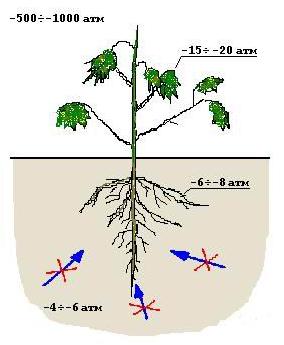
Picture 7.5. "Terminal" state of cotton in the daytime.
It comes when pressure of moisture in soil is over-the-top of -
6…-8 atmospheres. The plants drop seed-buds, turgor restores
worse during overnight hours, and sooner or later it die out if
no rain or an irrigation takes place there.
Now, let us examine carefully a very interesting and illustrative
picture where graphically shown how interact "soil - plant"
system, what is changed during period of several days starting from
the condition of full provision with moisture up to almost full
dying of the plant because of shortage of moisture. Three combined
diagram are shown at the Picture 7.7 that demonstrate day by day,
night after night how gradually reduced soil moisture pressure according
to spending of soil moisture for evaporation (upper solid descending
smooth brown curve line). The second (orange dash line) shows changing
of pressure in the plant roots during each next day. The mercury
is falling during day long and restoring up to soil moisture pressure
overnight. The third (solid green line), demonstrates how leaves
"are trying" to create more and more pressure difference
to provide plants with moisture, i.e. suck remains of soil moisture
which is hold more and more intensively by soil as far as the soil
is drying
The final has coming when leaves are not able to suck anything via
roots from the soil. (Minus at the scale means that pressure is
negative).
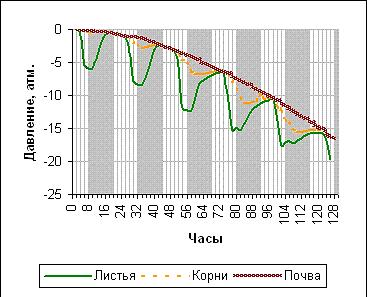
Picture 7.7. Time variation of pressure changing in leaves, at
roots surface and in soil.
Vertical strips of grey color - are darkness hours. (The picture
was developed on the basis of illustration to "Plants water
regime" book of R. Slacher author).

